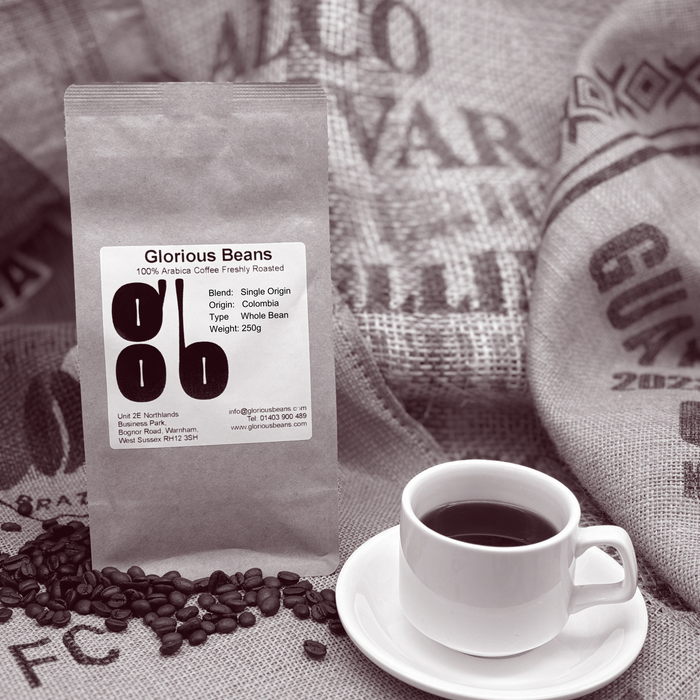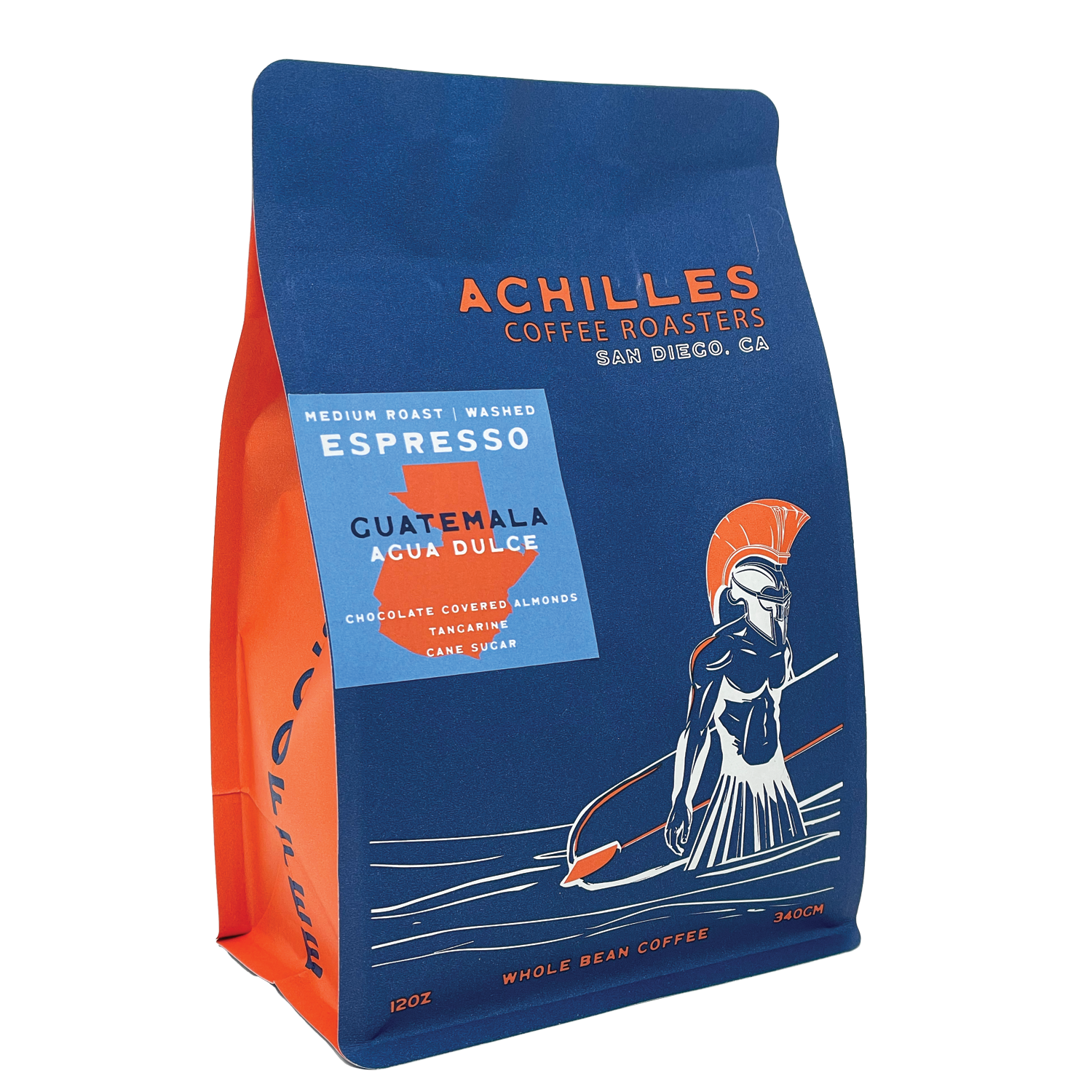Expert Advice to Get the Best Out of SOE Single Origin Espresso
Expert Advice to Get the Best Out of SOE Single Origin Espresso
Blog Article
Coffee Beans 101: Everything You Required to Understand About Espresso and Blended Coffee Beans
When it involves coffee, comprehending the nuances of coffee and combined beans can transform your daily mug. You'll uncover the unique qualities of Arabica and Robusta beans, and just how each impacts flavor and high levels of caffeine content. From the growing procedure to roasting methods, every action plays a duty in your coffee experience. What makes the excellent brew? Let's explore the important aspects that add to an extraordinary cup of coffee.
Recognizing Coffee Beans: Selections and kinds
When diving into the globe of coffee, understanding the kinds and selections of coffee beans is crucial for every enthusiast. Arabica beans are understood for their smooth, intricate tastes and reduced high levels of caffeine web content, making them a favored amongst coffee fanatics.
Ethiopian Yirgacheffe supplies intense floral notes, while Colombian beans offer a healthy flavor profile. By acquainting yourself with these beans and their tastes, you'll raise your coffee experience and make more educated selections in your developing trip.
The Growing Refine: From Seed to Bean
When you explore the trip of coffee, it all beginnings with seed selection techniques that establish the foundation for quality. From there, growing and collecting play crucial functions in guaranteeing the beans prosper. Finally, processing approaches transform those gathered cherries right into the coffee beans you love.
Seed Choice Methods
Choosing the ideal seeds is important for producing top quality coffee beans, as it lays the foundation for the entire growing procedure. You ought to start by selecting seeds from respectable sources that focus on top quality and hereditary variety. Search for ranges recognized to thrive in your particular environment and dirt problems. Take note of the seed's age and storage space conditions, as fresh seeds have a tendency to germinate much better. When feasible, go with natural seeds to reduce exposure to unsafe chemicals. Consider the illness resistance of various varieties, as this can considerably impact your return. Don't hesitate to seek advice from with local farmers or professionals to acquire insights right into the ideal seed alternatives for your region. This understanding will certainly boost your coffee-growing experience.
Growing and Harvesting
As you nurture your coffee seeds into thriving plants, comprehending the farming and harvesting procedure is crucial for accomplishing the ideal flavor and top quality. Start by growing your seeds in well-draining soil, preferably in a shaded area to shield them from straight sunlight.
When it comes time to harvest, seek ripe cherries, which typically transform a vibrant red. Hand-picking is commonly the best technique to ensure only the ripest cherries are selected. Timing is vital; gathering also late or as well very early can influence the flavor account of your beans. Embrace persistence and treatment, as this is where quality starts.

Processing Techniques Explained
As soon as you've gathered your coffee cherries, the next crucial action is processing them to transform those dynamic fruits into the beans you'll brew. In the dry process, you spread out the cherries out in the sunlight to completely dry, permitting the fruit to ferment and give special flavors to the beans. Understanding these methods is vital to appreciating your coffee experience.
Toasting Strategies: Just How Flavor Is Developed
When it comes to toasting coffee beans, comprehending roast degrees is key to revealing their one-of-a-kind flavors. Each toasting technique influences the scent and enhances the taste growth process, providing you a richer coffee experience. Allow's discover exactly how these aspects collaborated to raise your everyday mixture.
Roast Levels Described
Roast levels play a crucial duty in forming the flavor account of your coffee. When you pick a light roast, you'll enjoy intense acidity and fruity notes. As you relocate to a medium roast, you'll notice an equilibrium of sweet taste and complexity, often highlighting delicious chocolate or caramel tastes. Dark roasts, on the various other hand, deliver vibrant, smoky qualities with less level of acidity, making them durable and abundant. Each level results from various roasting times and temperature levels, influencing the beans' chemical composition. By recognizing these levels, you can much better pick a coffee that matches your taste choices. Trying out various roasts to discover which one resonates with you, improving your general coffee experience and satisfaction.
Effect on Scent
The roast degree not just affects the preference of your coffee yet also considerably influences its fragrance. When you choose a light roast, you'll usually notice bright, floral notes that can make your coffee odor vibrant and fresh. As the beans dim, the scent shifts; a medium roast highlights more balanced, caramelized aromas, while a dark roast often tends to feature bold, smoky touches. Each toasting strategy launches different unstable substances, forming just how your coffee scents. Additionally, the freshness of the beans plays an important function; newly roasted coffee releases much more aromatic oils, improving that tempting scent. Pay interest to the roast degree-- it's essential to revealing the complete fragrant experience of your brew.
Flavor Growth Process
As you explore the taste advancement process, you'll uncover that roasting techniques play an essential role fit the taste account of your coffee. The toasting temperature level and time directly affect the acidity, sweetness, and bitterness of the beans. Light roasts keep even more of the bean's initial tastes, highlighting fruity and flower notes. Tool roasts equilibrium level of acidity and body, offering an all-round taste. Dark roasts, on the other hand, draw out vibrant, great smoky qualities while diminishing the bean's inherent high qualities. During roasting, chain reactions, like the Maillard response and caramelization, change the beans and enhance their complexity. Explore different roasting degrees can help you discover your excellent brew, so do not wait to taste and discover the rich spectrum of tastes!
Espresso vs. Blended Coffee: Key Distinctions
Coffee and mixed coffee each deal one-of-a-kind experiences that satisfy various tastes and preferences. Espresso is a concentrated coffee made forcibly warm water with finely-ground coffee beans, causing an abundant, vibrant taste and a luscious layer of crema on top. It's commonly enjoyed as a shot or used as a base for drinks like cappucinos and cappuccinos.
On the other hand, mixed coffee incorporates numerous beans from various regions, creating a more balanced flavor account. You'll typically discover blends that highlight body, sweetness, or acidity, making them flexible for different brewing methods. While coffee concentrates on strength, blended coffee might supply a broader range of tastes that can change with each sip.
Inevitably, your choice between espresso and blended coffee boils down to your personal preference. Whether you yearn for a leisurely mug or a quick jolt, both options have something scrumptious to use.

Developing Approaches: Unlocking the Perfect Mug
When it comes to brewing coffee, discovering the right technique can transform your experience and elevate your mug. Each developing method has its distinct appeal and can greatly affect your coffee's flavor and scent. Making use of a French press allows you to delight in a full-bodied and rich brew, while a pour-over technique gives a tidy, bright cup with distinctive tastes.
If you favor coffee, purchasing a high quality maker can aid you master the art of pulling shots. For ease, a single-serve pod system supplies rate without giving up preference.
Do not neglect concerning chilly brew, which supplies a smooth, much less acidic coffee ideal for hot days. Experiment with various approaches to find what reverberates with your taste buds.
Sampling Notes: Determining Flavor Profiles
How can you really appreciate your coffee if you do not know what flavors to look for? Tasting notes are your guide to understanding the complex globe of coffee. When you sip, pay attention to the initial tastes that hit your taste buds. You could identify fruity notes, like berry or citrus, or maybe a nutty undertone. As you remain to taste, discover how the flavors advance-- this is recognized as the "surface." Some coffees could leave a chocolatey or caramel aftertaste, while others might have an intense, clean coating.
Take into consideration the body of the coffee, as well; is it ventilated and light or thick and syrupy? Do not forget acidity; an intense acidity can include activity, while a low acidity may offer a smoother experience. By identifying these flavor accounts, you'll grow your connection with each cup, making coffee sampling a wonderful journey of discovery.

Tips for Picking and Keeping Coffee Beans
Picking and saving coffee beans effectively can considerably improve your developing experience. Begin by choosing top notch beans that match your preference - SOE.
When you have your beans, keep them in an impermeable container to avoid direct exposure to light, air, and dampness. A dark, trendy place works best, so stay clear of maintaining them in the refrigerator or freezer, as this can introduce dampness. Just grind the amount you require to maintain quality; entire beans maintain flavor longer than pre-ground coffee.
Lastly, try to utilize your beans within two to four weeks after opening for peak preference. Complying with these suggestions will guarantee your Single Origin Espresso coffee remains savory and delightful, elevating your day-to-day mixture to new elevations.
Often Asked Concerns
For How Long Do Coffee Beans Remain Fresh After Roasting?
Coffee beans stay fresh for regarding 2 weeks after toasting - SOE. You must store them in an airtight container, away from light and dampness. Afterwards, their flavor and aroma start to decrease significantly

Can I Mix Different Coffee Bean Varieties?
Definitely, you can blend different coffee bean ranges! Try out blends can enhance tastes and produce an unique preference profile. Just make certain to balance the strengths and qualities of each selection for the very best outcomes.
What Is the Ideal Work Size for Coffee?
For espresso, you'll want a fine grind size, concerning the texture of salt. This allows excellent extraction, causing a rich, delicious shot. Experiment a bit to discover what matches your taste best!
Just How Does Altitude Affect Coffee Bean Taste?
Elevation affects coffee bean flavor by influencing the growth price and chemical make-up. Higher elevations result in slower growth, which improves acidity and intricacy, providing your coffee a unique and lively preference you won't fail to remember.
Are There Decaffeinated Variations of Espresso Beans?
Yes, there are decaffeinated versions of espresso beans. You can take pleasure in an abundant espresso flavor without the caffeine kick. Just try to find "decaf" blends at your neighborhood coffee shop or specialized store.
Coffee Beans 101: Every Little Thing You Need to Know Regarding Coffee and Blended Coffee Beans.
When diving right into the globe of coffee, understanding the types and varieties of coffee beans is crucial for every enthusiast.When it comes to toasting coffee beans, recognizing roast levels is essential to exposing their distinct tastes. Coffee is a focused coffee brewed by forcing warm water with finely-ground coffee beans, resulting in an abundant, strong taste and a luscious layer of crema on top.On the other hand, combined coffee incorporates numerous beans from various regions, developing a more balanced taste profile.
Report this page